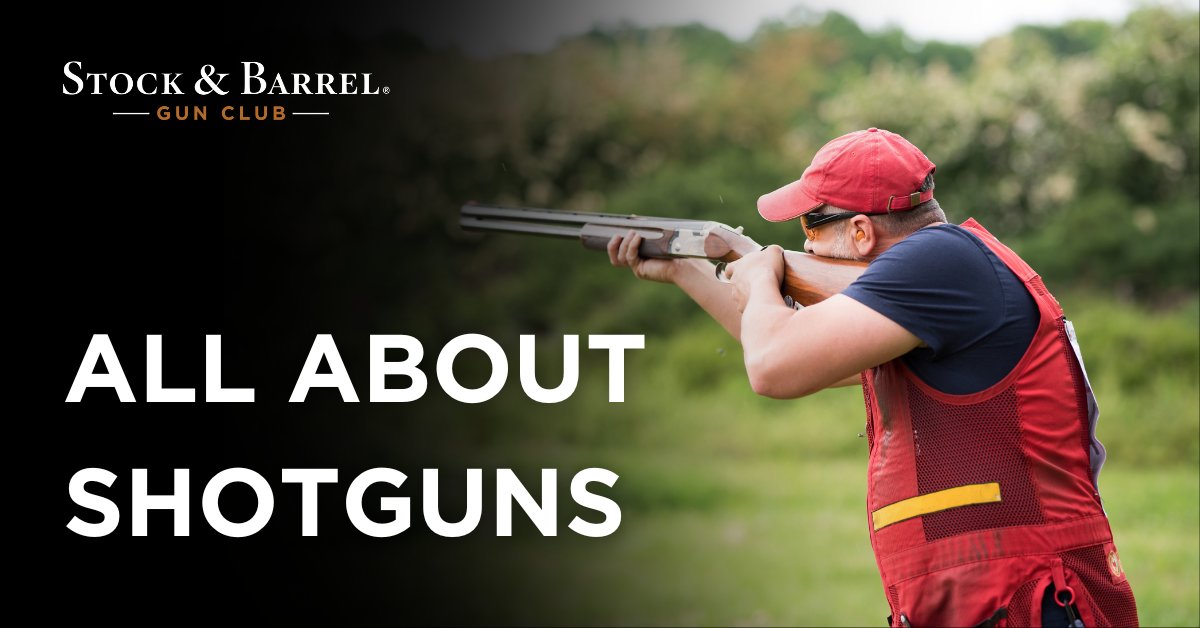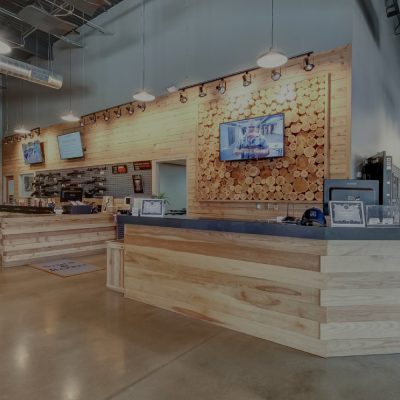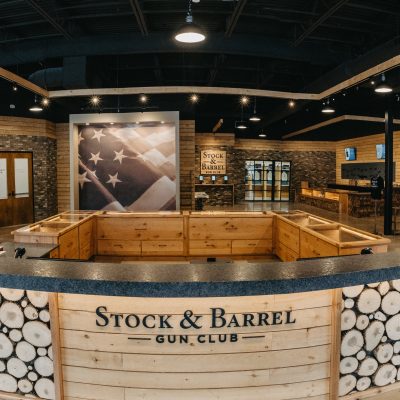Shotguns are an oft-misunderstood weapon. They are pervasive in the competition
world, from trap & skeet to 3-gun action matches. Waterfowlers swear by them. Even in
an age of pistol-caliber carbines, and rifle caliber pistols, they remain a staple of
American home defense wisdom. Despite this, shotguns also remain shrouded in
legend and lore – often attributed near-magical powers, particularly in the defensive
realm…
“You don’t even have to aim!”
“Just racking the action will scare away bad guys!”
“It fires a wall of lead!” (We’ll revisit this particular one in just a moment.)
But let’s focus on what shotguns are, instead of what they aren’t. There are a variety of
different shotguns out there, both in operating system and bore size. We’ll start with the
latter. Shotgun “calibers” are not actually calibers at all. They are expressed in “gauge”.
While a caliber is a direct measurement of the bore diameter—such as 0.45 inches
across for .45ACP—the gauge system is somewhat more esoteric. Put simply, “gauge”
refers to the number of round lead balls the same diameter as the bore it would take to
equal one pound. For example, it would take twelve round lead balls the diameter of a
12-gauge shotgun bore to total one pound. In this system, the lower the gauge number,
the bigger the bore. The only exception to this rule is .410, which is actually a caliber
measurement. A .410 shotgun is roughly 67 gauge, but that’s just trivia. If you walk into
your local gun store and ask for a 67-gauge shotgun, you’re going to get some weird
looks.
The guns themselves can be had in a variety of action types. Broad categories are:
break-action, manual repeaters, and semi-automatic. The best-known break-action
shotgun is the double-barrel. Depending on whether you’re a competitive shooter or wild
west aficionado, you will know either the over-under or side-by-side variations better.
There are also single barrel and tri-barreled break actions as well. Regardless of the
barrel count, they all work the same. Open the action at the breech, load individual
cartridges into their chambers, close the action, fire. Manually operated repeaters come
in all the same flavors as rifles. While pump-action shotguns are by far the most prolific,
lever- and even bolt-action shotguns do exist in limited quantities. Semi-automatic
shotguns can be broken into two main types: gas operated, and recoil operated. The
former, like an AR or AK, bleeds gas from a fired round back into the action to cycle it.
The latter functions more like blowback firearms, relying on simple equal-and-opposite
rearward energy. Repeating shotguns (whether manual or semi-auto) are fed from
either tube magazines under the barrel or detachable box magazines. Box mags in
manual actions are a relatively new development, with box-fed pump and lever
shotguns both coming to market within the last five years.
Available ammunition consists of plastic hulls, or shells, with brass bases, containing
various payloads. Hulls used to be made of paper or cardboard, which you may still be
able to find today, but they were largely abandoned due to issues caused by the hulls
swelling or disintegrating in wet conditions. All brass hulls also exist but, again, are
pretty obscure at this point. Plastic shells may either be “low brass” or “high brass”,
which refers to the ratio of brass base to plastic hull. High brass shells use a longer
brass base to better contain the increased pressure of more powerful loads. Shotgun
shells are loaded with either a single solid slug, or a payload of pellets known as shot –
which may be categorized as buckshot or birdshot, depending on the size of the
individual pellets. This cluster of pellets, which all leave the muzzle simultaneously,
gave rise to the perception of a “wall of lead” going downrange every time you fire a
shotgun. But there are some key inaccuracies to this mental picture. Because the
pellets must be stacked on top of each other to fit inside a tall, narrow shell, they leave
the barrel more like a “string of lead” than a wall. As air friction sets in, the string does
disperse over distance into something like a small cloud. But at home defense distances
(ten yards or less) that cloud is only about the size of an average fist.
Imagining a load of shot like a piece of twine unravelling in flight—as opposed to a
travelling wall or a megaphone of lead ever-expanding from the muzzle—will help you
better understand the purpose and function of shotgun chokes. In modern form, choke
tubes are small inserts that screw into the muzzle end of a shotgun barrel. While they
look like a straight tube on the outside, their internal geometry is like a short funnel. The
steepness of the funnel depends on the type of choke. A completely un-choked shotgun
barrel is known as a cylinder bore. Improved Cylinder, Modified, and Full chokes are
each more restrictive than the last. (There are a few others in between, but these three
are the most common.) If we continue our twine analogy, choking “twists the twine a
little tighter” as it leaves the barrel, meaning that dense shot group takes longer to
unravel. While a general rule of thumb is that tighter chokes = longer range, other
factors like pellet size, pellet count, muzzle velocity, and environmental conditions also
play a part. Speaking of pellet sizes, they are also numbered backwards according to
size. The higher the number, the smaller the pellet. Number 12 shot, sometimes
referred to as “dust”, is a lead pellet measuring a miniscule .05 inches in diameter. On
the other end is Number 000, “Triple-O” or “Triple-Aught” with a single pellet diameter of
.36 inches. For reference, .36 caliber is 9.1 millimeters. A single shotgun shell loaded
with 000 buck contains 10 individual 9mm projectiles. That’s more 9mm rounds than a
full magazine in some carry pistols.
While sometimes overshadowed by other types of firearms in today’s market, shotguns
offer a versatile, easy-to-use option for multiple applications in hunting, sport shooting,
and defense. Properly understanding what shotguns do (and don’t do) will allow you to
make the best-informed decision about whether or not they are the best fit for your
shooting needs.
OTHER BLOGS YOU WILL FIND OF INTEREST:
CLASSES YOU MAY BE INTERESTED IN:
- Judgement Training in Chanhassen or Eagan
- Surviving a Home Invasion in Chanhassen or Eagan
- Low Light/No Light Shooting in Chanhassen or Eagan





